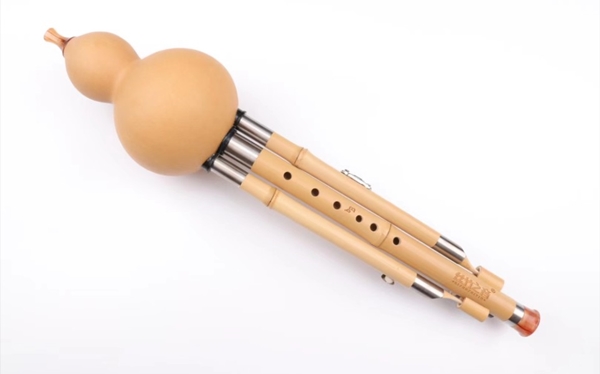Understanding the whole tone and Half tone of Fenugreek: the unique scale world of a national instrument
Hulusi, as a special reed wind instrument of Yunnan ethnic minority in China, is loved by people for its soft tone and melodious melody. When discussing the musical characteristics of fenugreek, the concepts of whole tone and semitone are particularly important, which directly affect the variety of music style and repertoire that fenugreek can play.

One, fenugreek silk sound
In music theory, a whole tone is the complete interval between two adjacent notes, that is, the distance obtained by adding two semitones together. In the standard twelve-equal temperament system, the whole tone contains two intervals, the second degree and the second degree. However, in the traditional fenugreek construction, there is no complete twelve equal temperament system, and its tone hole design and reed setting determine its scale structure.
Usually, the basic scale of hulusi is set as the pentatonic scale, namely the five tones of Gong, Shang, Jiao, Zheng and Yu, which is the most basic scale form in traditional Chinese music. The relative relationship between each tone is close to the pure temperament scale, in which the intervals between adjacent tones mostly conform to the concept of whole tone, such as the interval relationship between Gong and Shang, Shang and jiao, Jiao and Zheng, Zheng and Yu.
Two, fenugreek semitone
A semitone is the smallest unit of interval in the musical scale, with one whole note equal to two semitones. In standard Western instruments, the precise switching of semitones can be achieved by pressing or sliding. For traditional folk instruments such as fenugreek, due to its structural limitations, the original design of fenugreek can not directly play all the semitones, especially in the traditional seven-hole or eight-hole fenugreek, there is no special semitone fingerings.
However, with the development and improvement of fenugreek production technology, some modern fenugreek have added additional semitone holes or adopted adjustable pitch design, so that players can play semitones to a certain extent, and then enrich the expressive force of fenugreek and the scope of applicable repertoire.
In summary, the whole tone of hulushi is mainly based on its traditional pentatonic scale structure, while the semitone reflects Hulushi's efforts to perfect and expand the scale in the blend of tradition and modernity. Understanding and mastering the application of the whole tone and half tone of fenugreek is not only helpful for players to grasp and express music works more accurately, but also an important link to deeply understand and inherit national culture.
 渝公网安备 50010702504639号
渝公网安备 50010702504639号